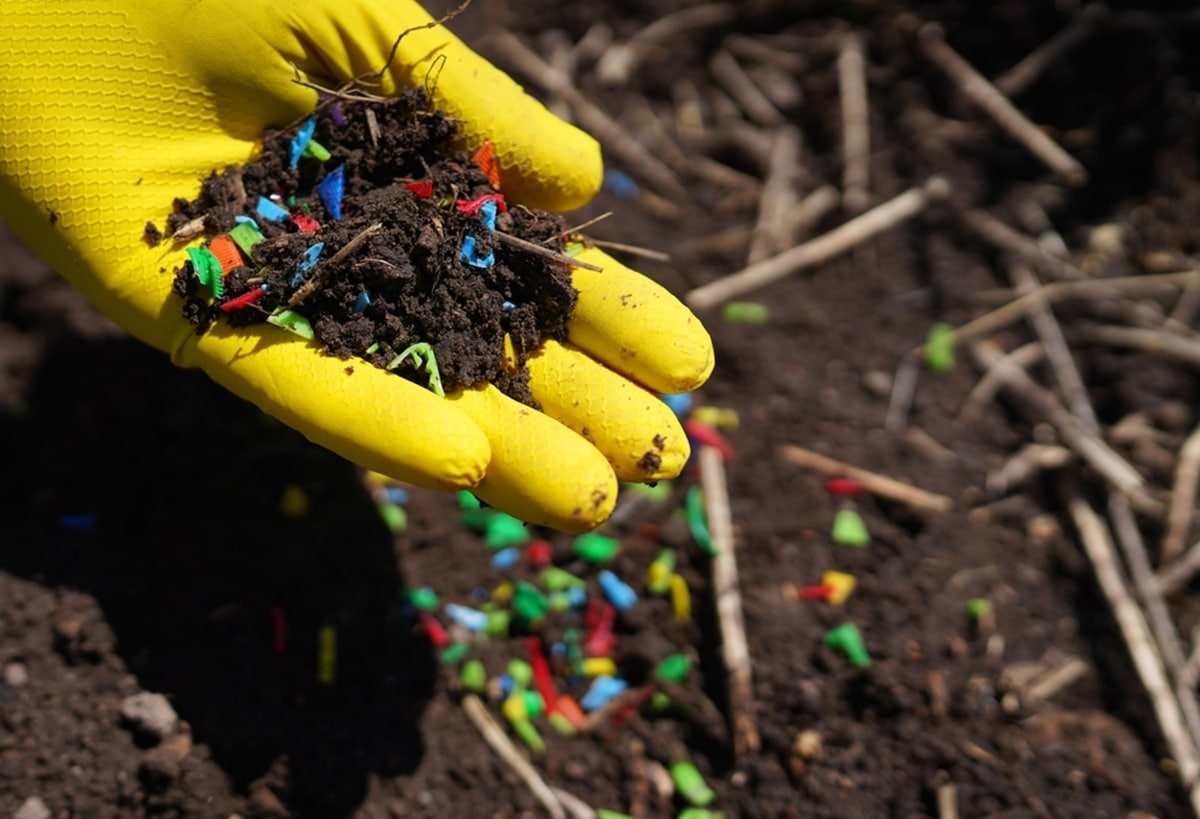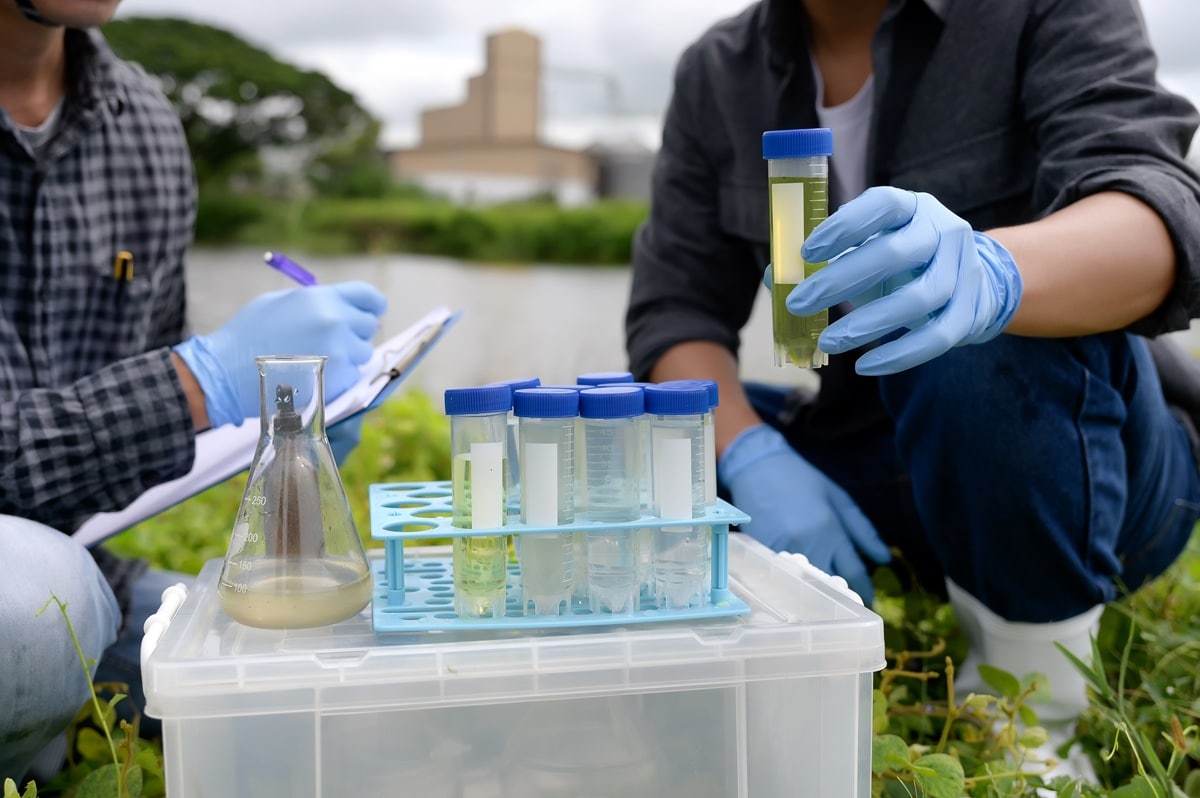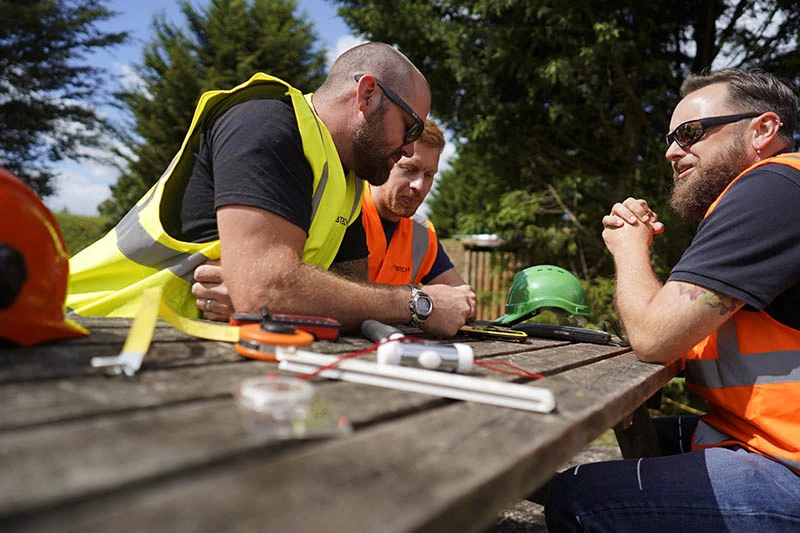Contaminated land in Glasgow
Glasgow, Scotland’s largest city, has an industrial past shaped by shipbuilding, heavy engineering, textiles, and chemical manufacturing. While this legacy built the city’s prosperity, it has also left behind areas of land affected by contamination.
As the planning authority, Glasgow City Council has a duty to ensure public health and the environment are protected while encouraging the safe redevelopment of brownfield and former industrial land to support sustainable growth and Scottish enterprise.
If you are considering developing a site in Glasgow that may be affected by contamination, it is important to understand the council’s policies, the city’s contamination issues, and the steps required for planning approval.

Glasgow’s industrial legacy and contamination risks
Glasgow’s role as an industrial powerhouse has created a legacy of contaminated land in and around the city. Former shipyards along the River Clyde, steel and ironworks, chemical works, gasworks, and textile factories have all contributed to pollutants such as hydrocarbons, solvents, heavy metals, asbestos, radioactive contamination and ground gases entering the soil and groundwater. Inadequate waste disposal practices have also led to land contamination.
Coal mining and quarrying activities across parts of Glasgow and its surrounding areas also present risks such as ground instability and residual contamination. Unsatisfactory disposal of agricultural waste can also create damaging environmental impacts. Areas most associated with historical contamination include Clydebank, Govan, Dalmarnock, and parts of the East End, where heavy industry and manufacturing once thrived.
What does contaminated land mean?
Under the part iia regime of the Environmental Protection Act 1990, contaminated land is defined as land where harmful substances present in the ground could pose significant risks to human health, the environment, property, or controlled waters.
Other legislation relating to contaminated land includes the Contaminated Land (Scotland) Regulations 2000 and the associated statutory guidance published by the Scottish Government which sets out the responsibilities of local authorities and the Scottish Environment Protection Agency.
Glasgow’s Contaminated Land Regime
Glasgow City Council’s contaminated land regime follows this legislation alongside the Scottish Government’s core principles and planning policies, which emphasise that responsibility lies with developers and landowners to ensure land is suitable and safe for its intended use. Land does not need to be completely free of contaminants, but it must be demonstrated that it poses no unacceptable risks once developed before local authorities will grant consent to development plans.

Glasgow City Council’s approach to brownfield redevelopment
Sustainable development lies at the heart of the city council’s vision and as the enforcing authority with regulatory responsibility, it is committed to reusing potentially contaminated land and previously developed land in order to reduce pressure on greenfield areas and protect ecologically sensitive habitats such as the River Clyde corridor, Hogganfield Loch, and the surrounding wetlands. Scottish ministers support the policy as it also encourages economic activity in the wider environment.
At the same time, Glasgow has a duty to prioritise regeneration of vacant and derelict land in a way that safeguards health and biodiversity, making it a material planning consideration. The council will require evidence that there is no significant possibility of risk to human health from a proposed development site on land identified as being potentially affected by past contamination. The council maintains a public register of contaminated land and brownfield sites.
Important Ecological Sites
Key areas Important ecological sites that must be considered in planning applications include the Clyde Valley Woodlands Special Area of Conservation and Hogganfield Loch Site of Special Scientific Interest. Another special site is the RSPB Lochwinnoch reserve nearby. These areas are home to protected habitats and species, and any development or land use in their vicinity will require careful assessment to ensure ecological impacts are minimised.

A Contaminated Land Survey Glasgow
If you are submitting a planning application for a site in Glasgow with a known or suspected contamination history, you have certain responsibilities to meet to ensure there is no risk of significant pollution; firstly, the council will normally request a contaminated land risk assessment.
This plays a key role in the process of achieving planning consent and typically follows the phased approach outlined by the Scottish Environment Protection Agency and the UK’s Land Contamination Risk Management (LCRM) guidance:
- A Phase 1 Desk Study to assess the site’s historical use, possible sources of contamination, agricultural activities nearby and potential pathways to receptors.
- A Phase 2 Site Investigation: this assesses the current state of the site and nearby water environment, involving sampling of soil, groundwater, and ground gases to confirm contamination levels and assess the risk significant harm to people and the environment.
Contaminated land remediation Glasgow
- If contamination is found, remedial works will be required. A detailed framework for remediation of contaminated areas must be drawn up for the planning authority detailing how potential risks from such harm will be mitigated or eliminated to reduce environmental impacts. Methods may involve integrated pollution control, soil washing or removal of contaminated soil to remove risk of significant harm. Pollution prevention in the future may also form part of the strategy.
- A validation report must be completed once remediation is complete, ensuring the land is safe for its intended use and submitted to the enforcing authority.
Without these assessments and reports to assess past and current use on a potentially contaminated site, planning permission in Glasgow may not be granted or may be subject to restrictive conditions.

Why Reuse Contaminated Land in Glasgow?
The safe redevelopment of brownfield and contaminated sites is central to Glasgow’s regeneration strategy. Reusing such land supports the city’s housing and economic growth targets, reduces the need to develop on greenfield sites, and enhances urban areas that may otherwise remain derelict.
However, to achieve these aims, potentially contaminated land such as former industrial sites must be thoroughly investigated to ensure it poses no risk of significant harm. As the primary regulator, the planning authority will need evidence to show that site investigations have been carried out on such sites.
Redevelopment projects along the River Clyde, for example, demonstrate how former industrial land can be transformed following remedial works and the correct use approach into thriving residential, commercial, and cultural spaces, while safeguarding environmental quality and biodiversity.
Getting Professional help with Contaminated Land
Contaminated land issues in Glasgow can be complex, requiring specialist expertise. Geo-environmental consultants can carry out Phase 1 and Phase 2 assessments, design remediation strategies, and liaise with the council and Scottish Environmental Protection Agency according to good practice guidelines and part iia to ensure that all requirements are met.
Assess land contamination risks correctly
Whether your development site lies within a former industrial zone along the Clyde or near sensitive ecological areas such as Hogganfield Loch and the Clyde Valley Woodlands, professional advice is essential to ensuring there are no risks posed to the local community from developing contaminated land nearby. Obtaining a professional contaminated land report and following statutory guidance will enable you to ensure that land is safe, protecting you from legal implications in the future, and will enable planning applications to progress smoothly through the Scottish Government planning system.


